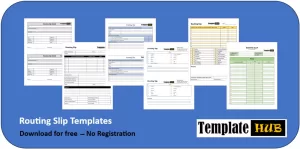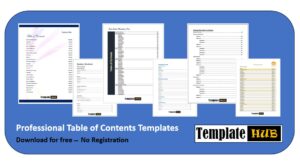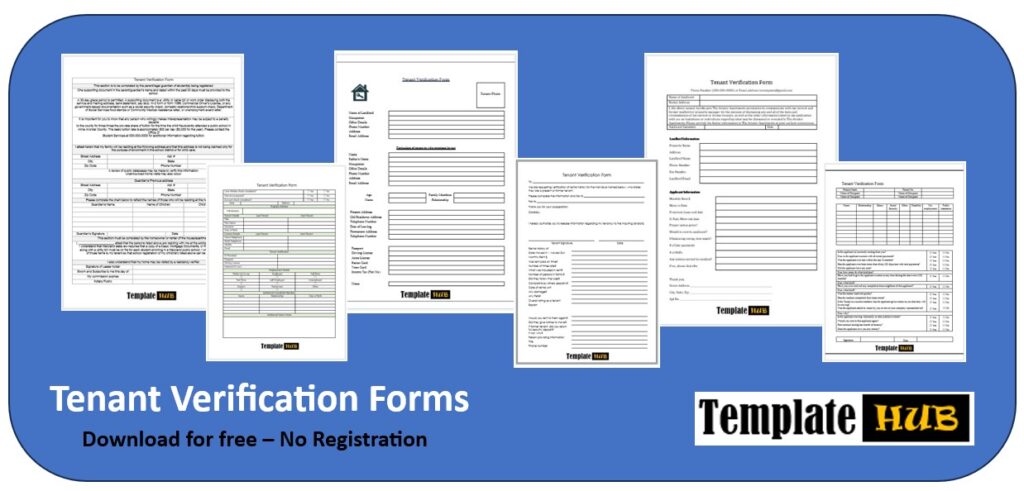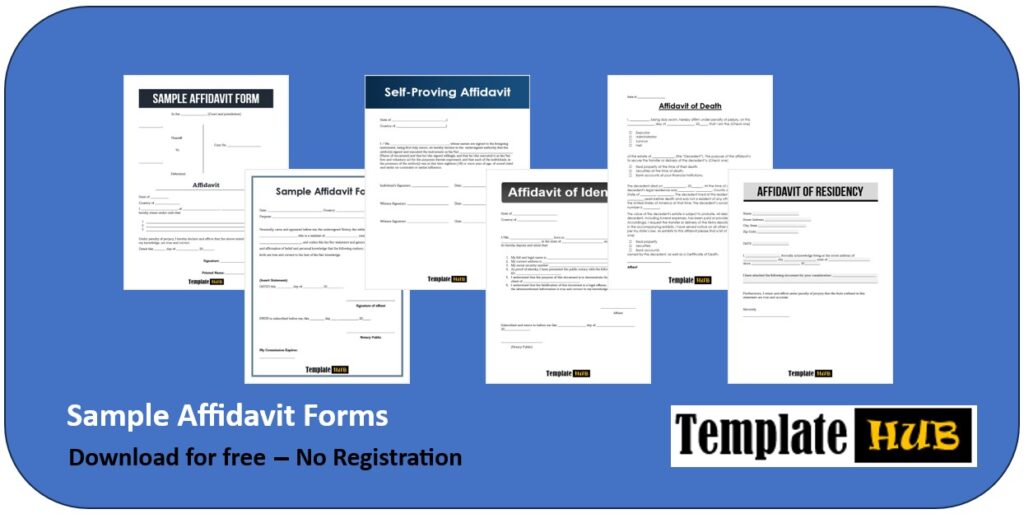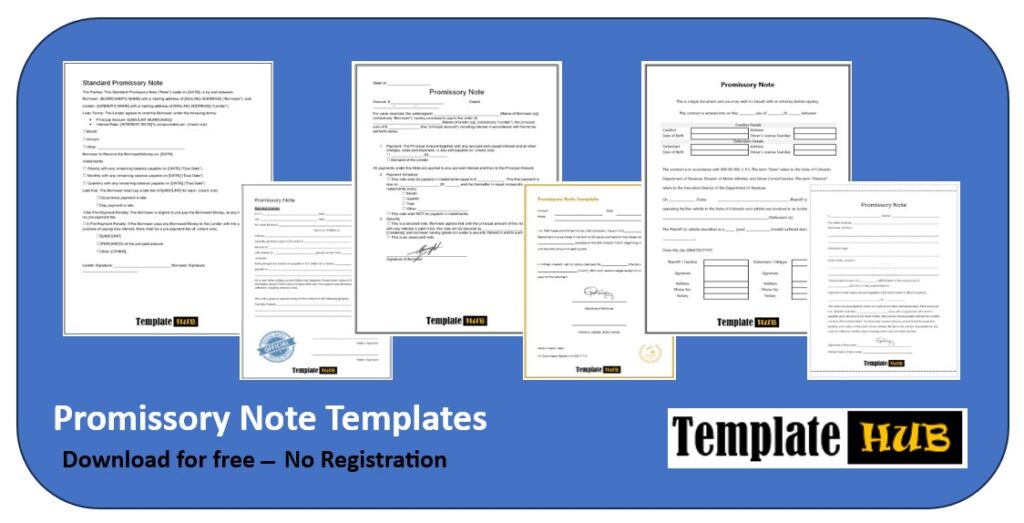Download these 10 Free Petition Templates to study and review to prepare your Petition either for online purposes or in print.
There are many types of petitions. As internet usage increases and the depth of communication widens, many more meanings have been incorporated into the concept of writing a Petition Document.
To start with, consider a petition as a request for help or a call to action. This is a subtle request to demand action against an entity or a person for his/her despicable act. By and large, it is usually a request for help. One can prepare a Petition Document for a corporate body asking for their support or to take action on the effects of emissions from their machines on the environment. Further, a Petition Document can also be written to government offices, parliaments, international organizations, political parties, and educational institutions asking for actions to be taken to arrest their dwindling quality, media organizations, and many more targets.
Generally, a Petition Document should begin with a need for an action to be taken, and a well-written convincing detail with supporting materials and documents will follow. Therefore, there is always a need for follow-ups to ensure the purpose of the petition is achieved.
Free Petition Templates
Here are previews and download links for these Free Petition Templates,










Key Elements of a Petition Document:
As a first step, you need to have a reason and a clearly defined purpose for your petition. Further, you aren’t just going to write a petition because you love to write one. However, a good petition document is driven by a clear and well-conceived intention.
Make research and investigations to get quality proof for your petition. Whether the petition is a request for help, a call to action, or a petition based on a more confrontational voice to enforce justice, no petition will enjoy the required success without quality proof and documentation to support it. However, identify your target and who is in the best position to receive and act on my petition.
Develop a well-written and detailed letter to be included in your Petition Document. This should begin with your petition along with your request. Ensure the request is made in clear and absolute terms and ensure you cite your facts and the supporting petition. If it’s a request only, push it forward, stating your reasons why the recipient must attend to it and also cite your supporting documents. Further, there must be enough information to support the feasibility of your request and ensure the receiver is left with no options besides granting the request.
Petition Format:
The letter should include the following:
- The date you wrote the petition.
- Name, designation, and address of the recipient(s).
- Salutation directed at the recipient.
- The title of the petition (as commonly used in formal letters).
- The body of the letter with direct, precise language directed at the highlights of the letter.
- Closing remarks about your confidence in the receiver party to attend to the petition promptly.
- Signature and name of the writer with the date.
Lastly, you need to do a follow-up. If possible, try one or two contacts who can help promote the crux of the petition before the people who should act on them.
Common Mistakes in writing a Petition:
A Petition is an appeal to some concerned authority, made formally through a written request, to reconsider a particular decision. The governing body can ask to practice its authority to grant some favor, mercy, or relief in that specific situation. While addressing the governing body, an email, written or typed application, or letter is forwarded expressing the petitioner’s state of confusion and distress.
A petition may not necessarily address a government body but also the private authorities, depending upon the matter under consideration.
Here are some common mistakes that people make while preparing a formal petition for any kind of purpose.
- A petition must contain all the names of the persons who are making the request.
- A complete petition must contain at least 15 signatures.
- Write the specific goal of the petitioner in the very first paragraph.
- The petitioner should be logical, honest, and accurate in expressing information on the concerned matter.
- The matter should be clearly and concisely communicated.
- Divide the format of a petition into 3 basic components i.e.; the address of the authority to whom the request is made, the body that briefly states the problem, unfairness, or injustice along with other relevant background information showing the importance of what you are fighting for and at the end the best possible remedy is put forward by the petitioner for the issue under discussion
- Make the Petition brief, indicating what action the petitioner exactly wants the authority to carry out.
- Review the document for any spelling or grammatical mistakes.
- Prepare documents by using a spreadsheet program. It will make the petition letter look more professional.
- Make your petition public through the media to get support and suggestions.
General Tips for Preparing a Professional Petition:
- Avoid the use of abusive or disgusting language in all situations.
- Should not request any action that is outside the jurisdiction of the addressed authority. Further, it should fall under their authority.
- It must be free of any obliteration or deletions.
In the end, it is necessary to review your petition letter carefully to see if the situation would be clear to the reader. Make the necessary changes as needed.

Kamran Khan is a seasoned blogger with a deep-seated passion for office document processes and the art of productivity. With a wealth of experience spanning over a decade, Kamran has become a trusted name in the blogging community, known for his insightful articles and practical solutions that help individuals and businesses streamline their daily operations.


